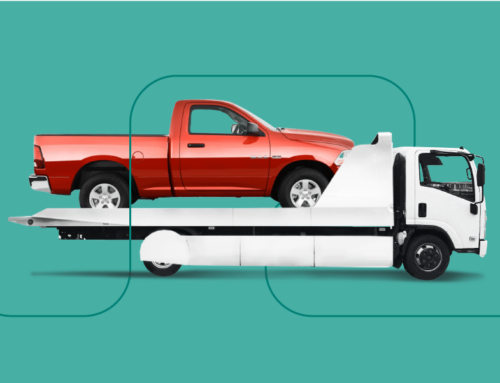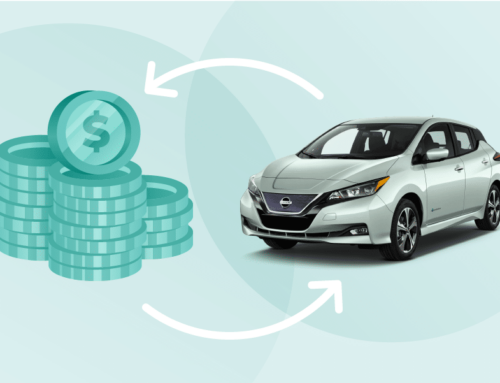The average Canadian receives an income tax return of $2,093. If you want to increase your tax refund next year, you need to know about the Canadian carbon tax rebate.
Also known as the climate action incentive payment (CAIP), carbon tax rebates came into effect this year. Read on to learn what the CAIP is and whether you are eligible to receive it.
What Is a Carbon Tax Rebate?
The carbon tax in Canada is a tax-free incentive for residents of provinces that have not adopted the federal carbon tax. These provinces include Ontario, Manitoba, Saskatchewan, and Alberta.
If you live in one of the four above provinces, you are eligible for quarterly payments, which can help with money management. The payments are tax-free. You do not have to report them as income on your federal tax return.
Before 2022, these payments were made via your federal tax return. That strategy has since changed. Now, residents can receive payment quarterly as long as they file Canadian taxes.
These tax payments do not depend on your income tax amount. So, you will not need a Canada income tax calculator to figure out what you will earn. Instead, the government will figure it out for you (more on this below).
Are you wondering if you are eligible for this carbon tax rebate next year? We explain who is eligible and how to apply for the CAIP below.
Who Is Eligible for the Carbon Tax Rebate?
Residents of Alberta, Saskatchewan, Manitoba, and Ontario are eligible for the CAIP. Payment recipients must be at least 19 years of age or older. Individuals who are younger than 19 may qualify if they are married or have a dependent.
Additionally, you must have resided in Canada for at least one month before the month you receive your CAIP. Similarly, you must reside in one of the four eligible provinces on the first day of the month you receive your CAIP.
New residents can still apply for the CAIP even if they did not file a federal tax return. The steps to receive the refund differ depending on whether you have dependents. Learn more about the steps to apply at this link.
Otherwise, you will be eligible for the payment as long as you file your tax return. The CRA (Canada Revenue Agency) will validate your eligibility and determine your payment.
How does the CRA determine payments for the carbon tax rebate? Find out the answer to this question next.
What Factors Go Into Your CAIP?
The factors that determine the CAIP amount you receive are the province where you reside and the size of your household. Also, it is important to know that only one spouse or common-law partner can receive the credit.
Where You Live
Each province has a different CAIP amount. It is based on the amount the province charges for emissions. We will talk more about the amounts you can expect to receive in each eligible province in a moment.
But first, we also wanted to mention that people living in small and rural communities can receive even more. The CRA will pay you the regular amount urban residents receive plus a rural supplement of 10% of this amount.
You have to complete page 2 of your income tax return to receive this supplement. Not sure if you qualify? Head to Canada.ca to learn if the region where you live makes you eligible.
The Size of Your Household
Households with children are eligible for larger CAIPs than households without children. Additionally, the more children in your household, the higher your payment will be.
As we mentioned, adults who are married or in a common-law partnership can only receive one CAIP. It does not matter which partner applies for the refund. The amount will be the same regardless of who files.
Exactly how much are individuals, couples, and families eligible for? We will break down the CAIP amounts for each eligible province next. Keep in mind that we base these amounts on the 2022 tax year.
CAIPs in Ontario
In Ontario, individuals and couples can earn $488 in CAIP funds. Add $122 to that amount for each dependent child in the household who is under 19.
Single parents receive $244 for their first child. Subsequent children make you eligible for an additional $122 per child.
CAIPs in Manitoba
In Manitoba, individuals and couples can earn $528 in rebates. The amount per child under 19 years of age is $132.
Single parents are eligible for $264 for their first child before the amount decreases to $132 per dependent.
CAIPs in Saskatchewan
In Saskatchewan, individuals and couples receive $680 plus $170 per child under 19. Single parents earn $340 for their first child plus $170 per child for any additional dependents.
CAIPs in Alberta
Alberta pays out the highest carbon tax refunds of the four eligible provinces.
Adults and couples can earn $772 for their household, plus $193 per child. Single parents receive $386 for their first child plus the regular amount for subsequent dependents.
New CAIP-Eligible Provinces for 2023
Starting in July 2023, the following provinces will join the CAIP program:
- Newfoundland and Labrador
- Nova Scotia
- Prince Edward Island
Newfoundland and Labrador will offer $656 per individual or couple, paid out on a quarterly basis. Each additional child in the household will add $164 to that amount.
Nova Scotia will give $496 on a quarterly basis to individuals and couples. The child tax credit is $124 per child for two-parent households and $240 for the first child, plus $124 for additional children for one-parent households.
Prince Edward Island will provide $480 per individual or couple on a quarterly basis. The child credit is $120 per child or $240 for the first child in single-parent households.
More Personal Finance Tips from Marble
The carbon tax rebate can add a significant amount of money to your annual refund. If you live in an eligible province, make sure you file your return this year to receive your climate action incentive payment.
MyMarble has personal finance resources and community support for more advice to master your finances. Get started with MyMarble platform today!






